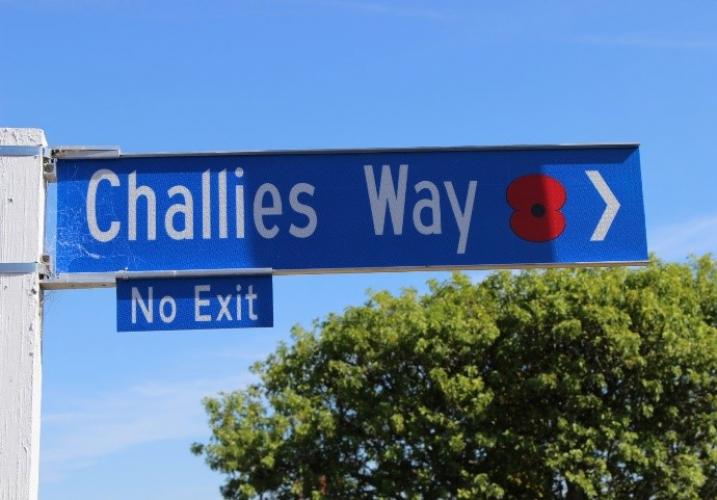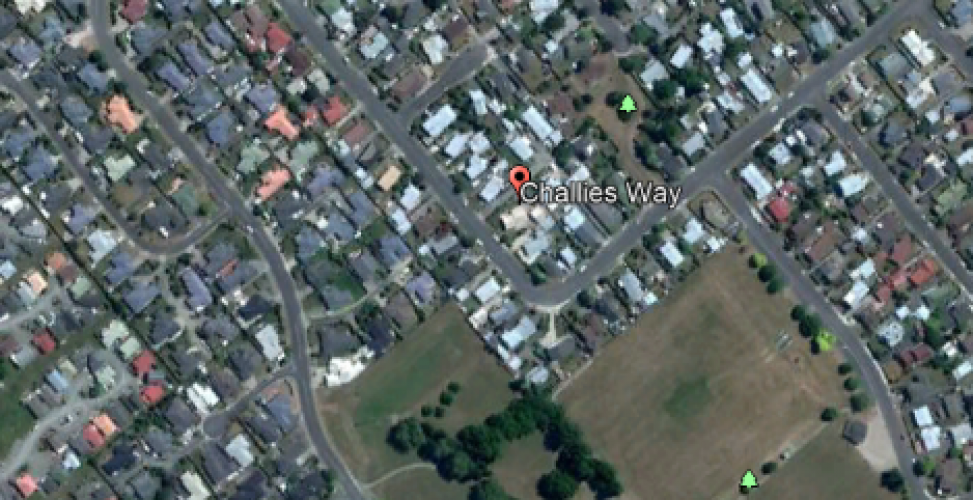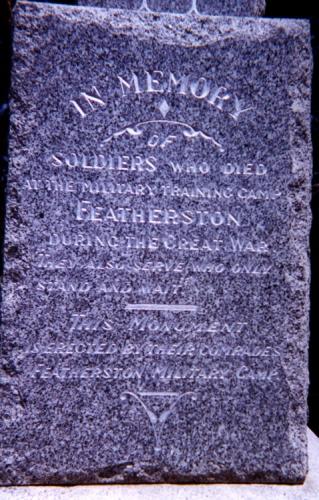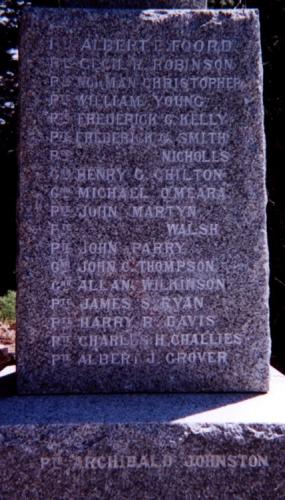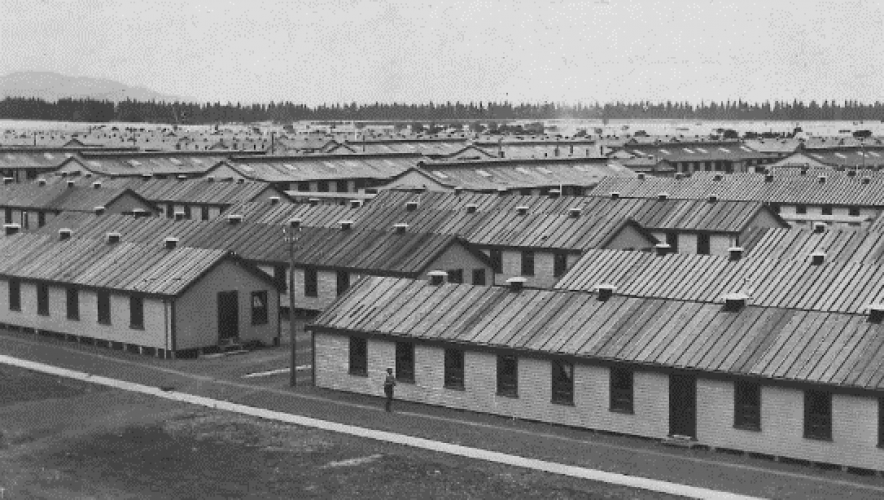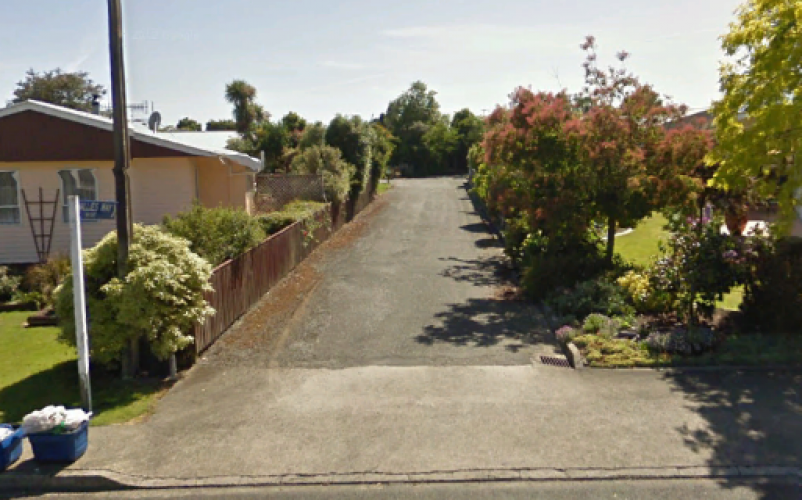238 Challies Way Richmond, street scene 2018
Reason for the name
This street in Richmond is named in honour of Private Charles Henry Challies, 19th reinforcements. Henry died whilst training in New Zealand from illness.
Fallen servicemen have been remembered across Tasman district in various ways including the naming of streets and buildings, the planting of trees and the installation of monuments. In conjunction with the 100-year anniversary of the signing of the armistice that ended the fighting between Germany and the Allies during World War I, Tasman District Council installed new street signs acknowledging the service of fallen soldiers from Richmond. The move comes after the Richmond Waimea RSA asked the council to take part in the Poppy Places project by adding poppies to street signs named after fallen soldiers.
Richmond Waimea RSA president Ross Norgate and Tasman District Council’s Megan Bell managed the project. Tasman mayor Richard Kempthorne said the council was proud to be part of the project.
Author: The Poppy Places Trust
31467 Charles Henry Challies was born on 8 July 1895 at Appleby, Nelson
His next of kin on embarkation was his father Mr A Challies of Appleby, Nelson,
Charles was single.
He entered the Army and was undergoing training in Featherston Military as a Private in the New Zealand Training Unit, 19th Reinforcements.
Sadly Charles died after contacting pneumonia following measles. He died on 26 August 1916 Age 22. He is buried at St. Alban's (Anglican) Church, 418 Main Road, Appleby, Nelson and commemorated in the Featherston Memorial Cemetery.
The Featherston cemetery began in the 1860s for civilians in the area. It has the graves of the first families who pioneered the town. The Soldier’s cemetery began in 1915 when the Featherston Military Camp was built in August 1915. Soldiers who died during training were usually buried at the Featherston cemetery. In December 1917 an obelisk was built by men from the camp at the cemetery, to remember those who had died during training and illness. By October 1918 around 20 soldiers had been buried at Featherston cemetery and then in November 1918 over 160 soldiers had been buried due to the influenza epidemic. Most of these were soldiers but there were members of the medical staff buried as well.
Now there are 182 military graves, 180 from the 1914-1918 war and two from the 1939-1945 war. There are 180 New Zealanders, one woman, and one UK soldier. They are buried in rows near the obelisk with the names of those who died in the Influenza Epidemic engraved around the bottom of the obelisk.
A Cross of Sacrifice is a Commonwealth war memorial designed in 1918 by Sir Reginald Blomfield for the Imperial War Graves Commission. They are found in Commonwealth war cemeteries that have 40 or more graves. The Cross of Sacrifice at Featherston cemetery was unveiled on Anzac Day, April 25, 1931 by the Hon. P. A. de la Perrelle before about 600 people.


